Review: The Antop HD Smart Bar – The Best Indoor Amplified TV Antenna?
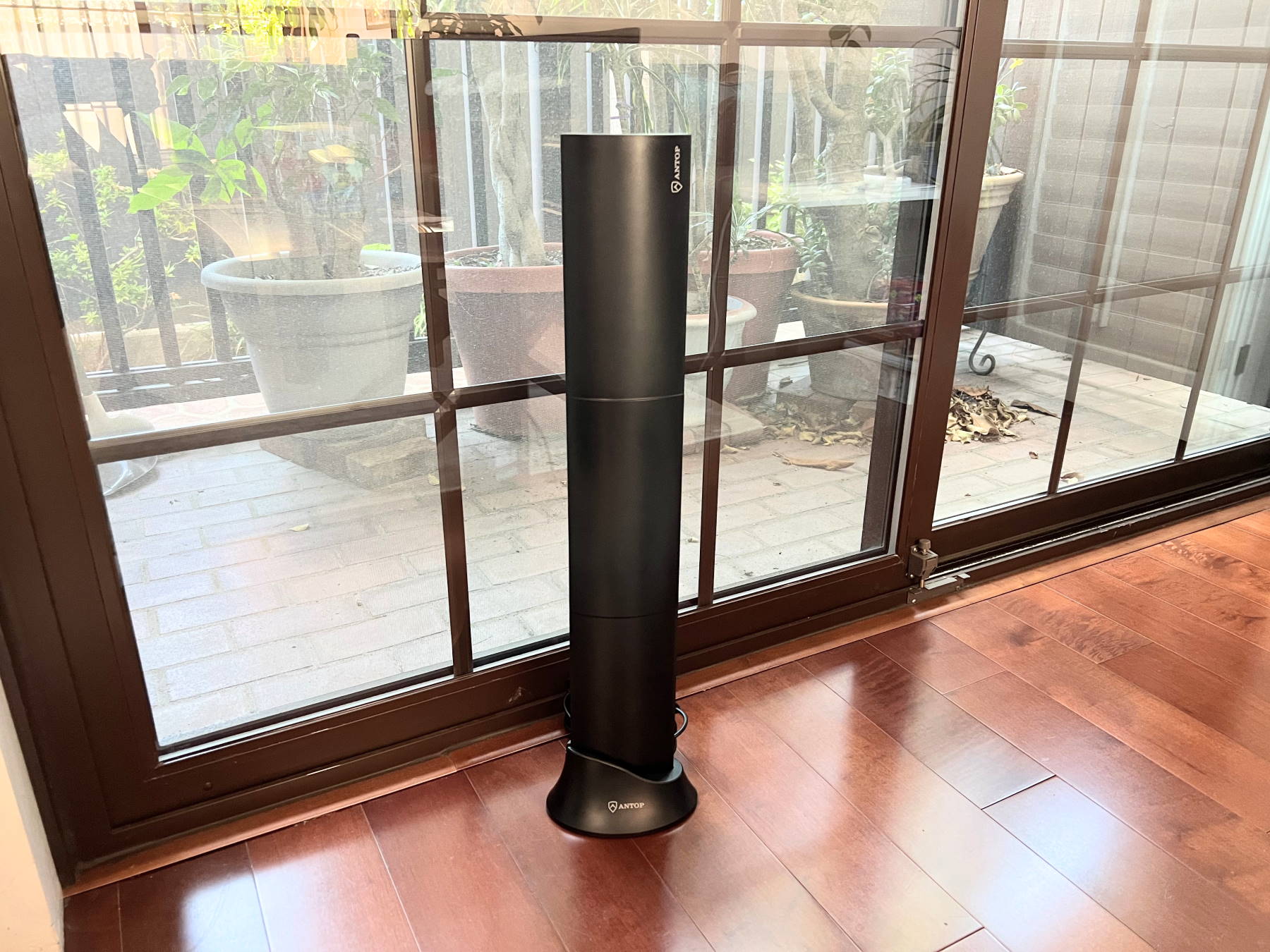
The Antop HD Smart Bar AT-500SBS has some innovations which could make it the best indoor TV antenna for you.
I’ve tested a lot of indoor antennas over the years, and I’ve found the unamplified Mohu Leaf to perform the best time and time again. However, I was intrigued when Antop came out with their amplified HD Smart Bar antenna. It has some innovative mechanical and electrical design features that I had to check out. Could the reign of the Mohu Leaf be in jeopardy?
What Is It?
The Antop HD Smart Bar is a broadcast TV antenna. If your TV was made after 2006 (and it is truly a TV and not a “display”), you should be able to plug a TV antenna into your TV and get FREE high-definition broadcast TV, as long as you live in or near a major city with broadcast TV towers nearby. If you hate paying for cable or satellite TV, I highly recommend checking the Station Finder to see if there are broadcast channels in your area.
The HD Smart Bar is an amplified TV antenna. That means it requires power for circuitry that increases the level of your TV signal.
Why I Was Intrigued by This Antenna
There are so many indoor TV antennas out there, so why was I excited about this one? First, is the physical size; it’s larger than many other indoor antennas, making it potentially better at receiving low-frequency VHF signals, which are almost always problematic for people to pick up.
I was also intrigued by the mounting options. You can let it stand vertically on the floor or screw it to a wall, giving your placement options. And with indoor antennas, good placement is about 95% of the battle.
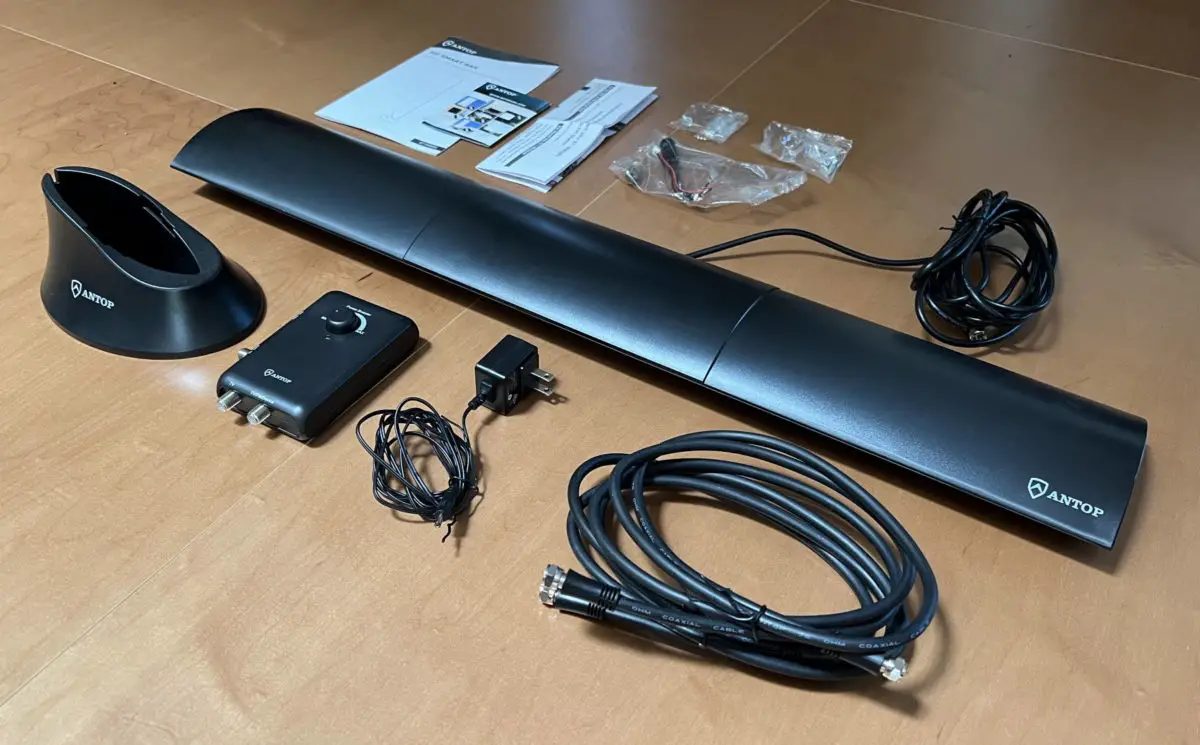
Also very important: the pre-amplifier is right IN the antenna, where it gives the greatest benefit. Some cheaper amplified antennas have an external amplifier box near your TV, which is the worst place for it. You want it right at the antenna so it can amplify the cleanest signal.
With the HD Smart Bar, there is a Power Booster unit near your TV where power is available. It sends power back through your antenna’s coax cable to the pre-amplifier that is actually inside the antenna bar. Pretty cool.
It also has a built-in LTE filter to shield against cell tower interference. I’ve not seen this feature in many other antennas on the market.
Setup and Installation
Compared to a non-amplified antenna, there’s significantly more setup involved with a powered antenna. Basically, you need to connect power to the Power Booster module, then connect that to your TV and to your antenna as shown here:
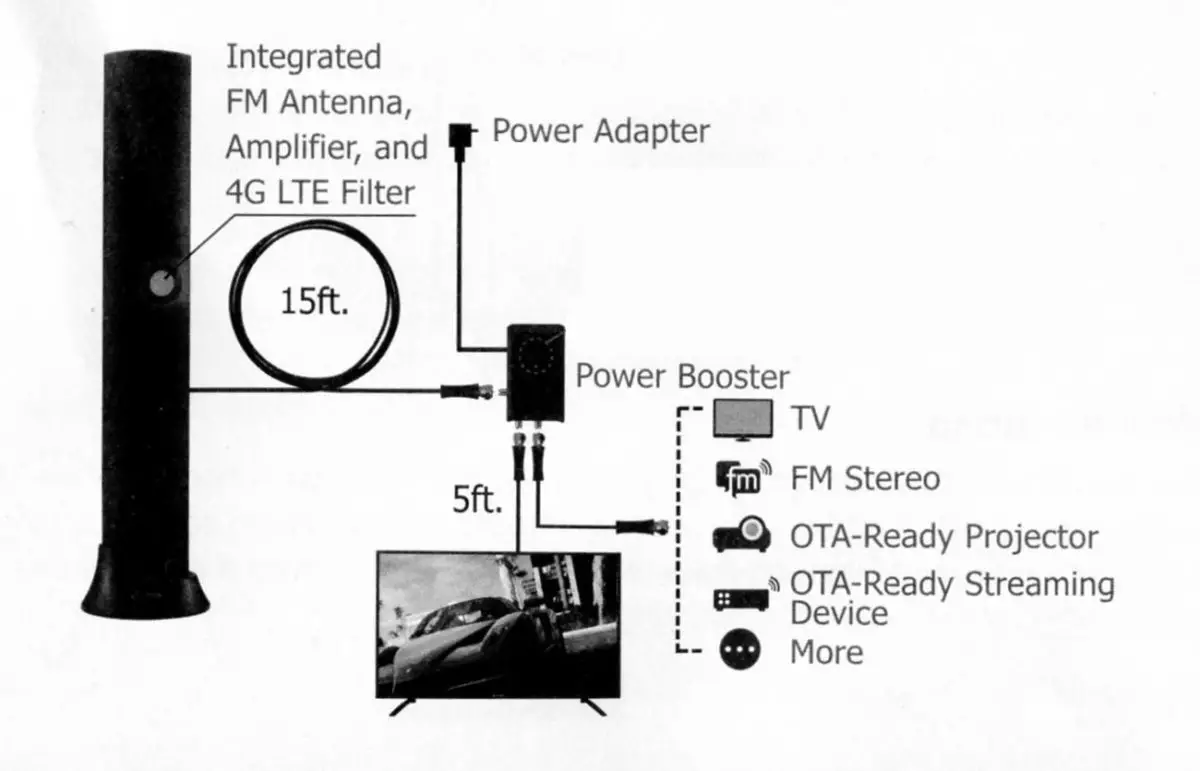
There is also an output for an FM antenna, but most people probably don’t even have an FM radio in their homes. More handy might be to connect that output to a Tablo or other broadcast TV DVR.
It’s not super difficult to set up if you’re comfortable connecting coax cables and following instructions.
My Testing
For my testing, I used the Mediasonic HOMEWORX Digital Converter Box HW130STB as my tuner because it has a handy signal strength meter.
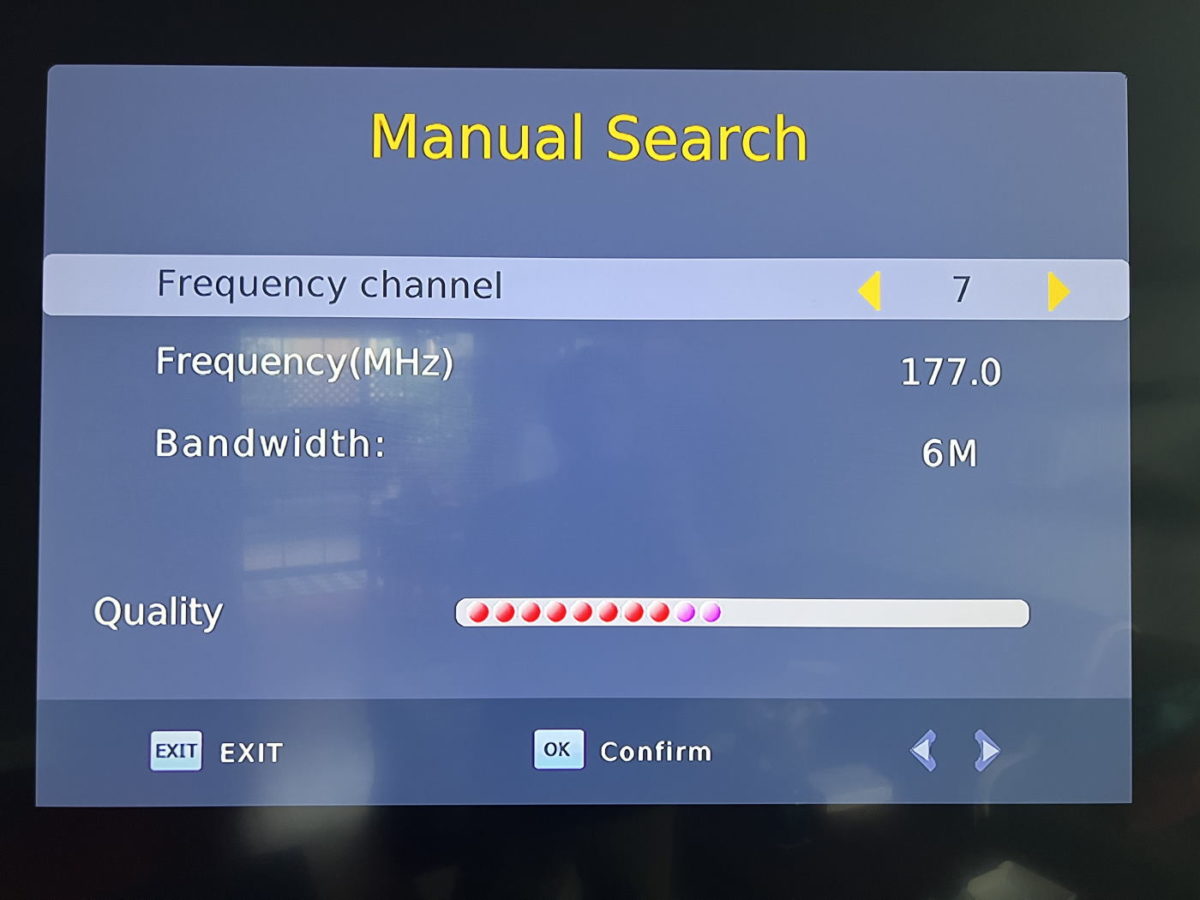
The first thing I did was pit the HD Smart Bar against my Mohu Leaf (with RG-6 cable, not the included cable!). I checked the signal strength of my local Los Angeles ABC station, channel 7.1, because it is a Hi-VHF station which is sometimes tricky to pick up. On my signal strength meter, my Mohu Leaf registered 4 purple dots of strength, while the Antop HD Smart Bar got 5-6 dots, indicating a stronger signal. So far so good for the HD Smart Bar!
Next, I did a channel scan with each antenna. The HD Smart Bar picked up 103 channels while the Leaf got 114 channels. While this seems like a victory for the Leaf, it’s really kind of a tie since both performed similarly with the most popular channels (i.e., the major networks).
Both had trouble picking up channel 4.1 but other than the problematic network channels were a little different. The HD Smart Bar had trouble with 5.1 and 11.1, while the Mohu Leaf had trouble with 9.1 and 13.1.
Keep in mind though, that antenna location was optimized for channel 7.1. By moving the antennas around, I was able to get all of the networks on both antennas. It does show that the strengths and weaknesses of these antennas are slightly different. So, if you’re using the Leaf and have a marginal channel, then it’s possible the HD Smart Bar might be able to pick it up (the reverse is also true; the Leaf might pick up a channel the HD Smart Bar has trouble with).
To be thorough, I re-tested both antennas in different areas of my home and during different times of day. Here are the results:
| Conditions | Mohu Leaf with RG6 cable | Antop HD Smart Bar |
| By window | 114 channels | 103 channels |
| By window (new position) | 105 channels | 125 channels |
| By window (next day) | 96 channels | 118 channels |
| By door | 141 channels | 137 channels |
| By door at night | 131 channels | 119 channels |
So what does this mean? Within the margin of error of these tests, it’s basically a tie, but that’s actually quite a feat for the HD Smart Bar. As I mentioned, most other antennas I’ve tried didn’t perform as well as the Leaf, especially amplified antennas.
Should You Get It?
In every case, an outdoor antenna will get you more channels than an indoor antenna. But, for various reasons, not everyone can install an outdoor TV antenna.
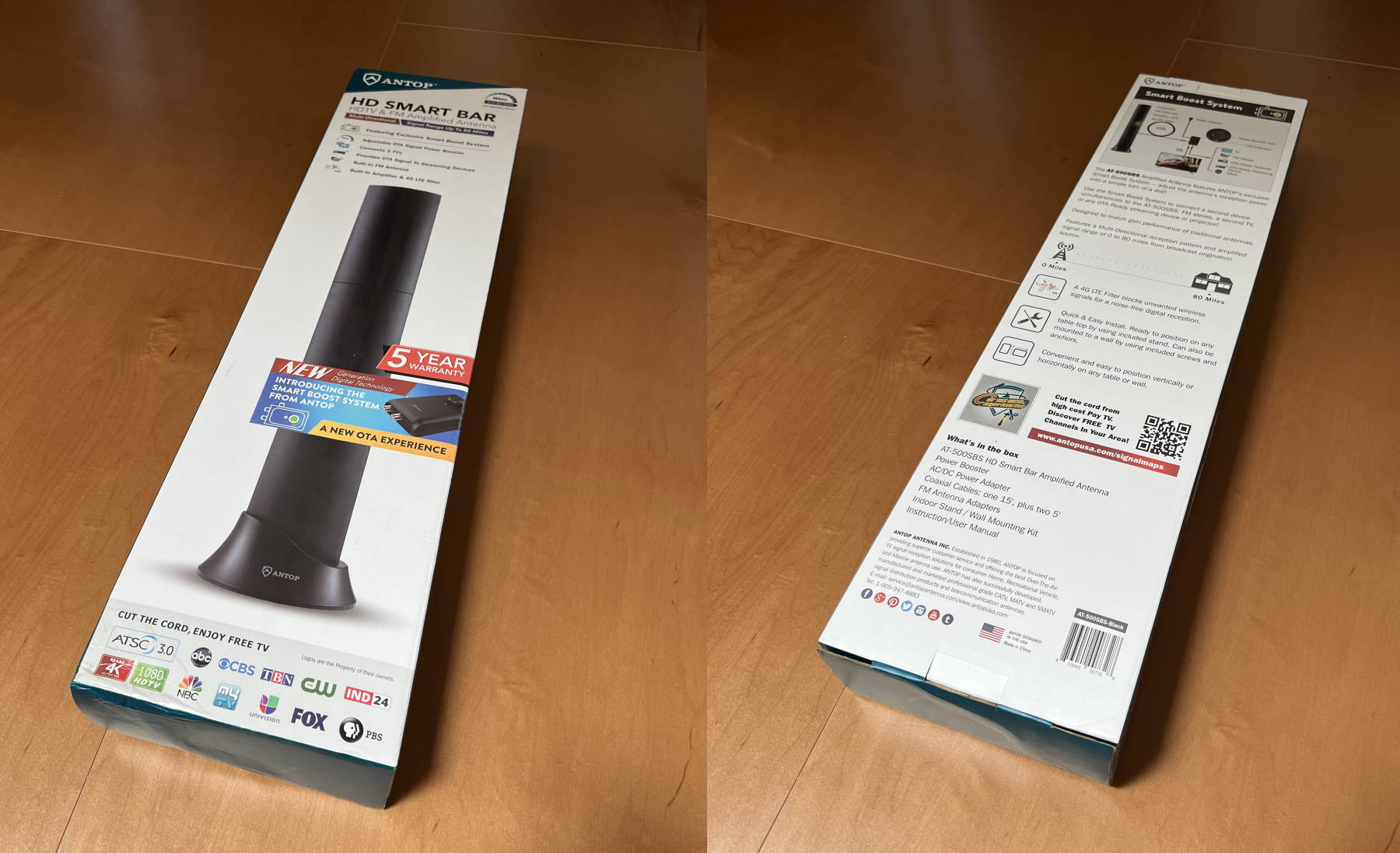
If you’re looking to buy an indoor antenna for the first time, and you live in or near a large city, the Mohu Leaf is probably your best bet, at least to start with. The same goes if have mostly green channels on the Station Finder.
If, on the other hand, you’re getting yellow and red channels on the Station Finder (and you’re not able to mount a rooftop antenna), then the HD Smart Bar might get you more channels than a non-amplified antenna like the Leaf.
Also, if you’re using a Mohu Leaf or other indoor antenna, and you have a flakey channel that drops in and out, the HD Smart Bar might be able to pick it up, especially if it is a VHF channel. Check the Station Finder for your area. The channels that say “Hi-V” or “Low-V” are VHF.
Conclusion
I’d love to hear how this antenna works for you! Please leave your comments or questions below. – Brian
Keep in Touch – Subscribe for Free
If you liked this article, please sign up for email updates. I’ll send you a note when I publish a new article, no more than once every few months. Unsubscribe any time. – Brian


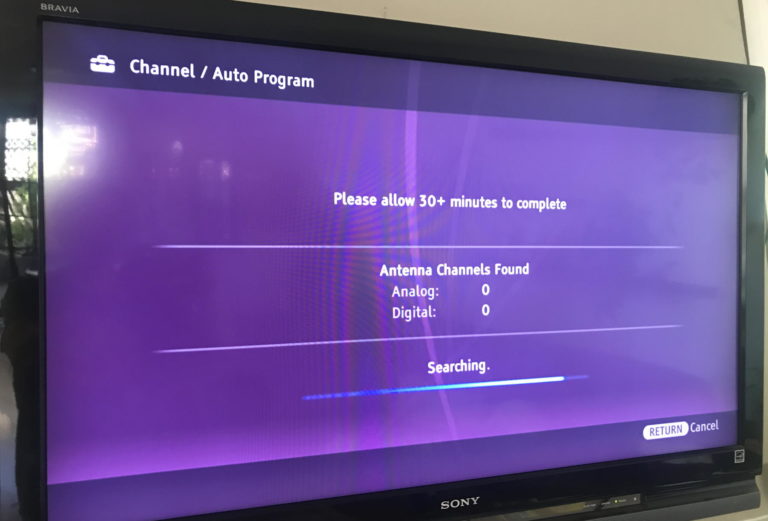
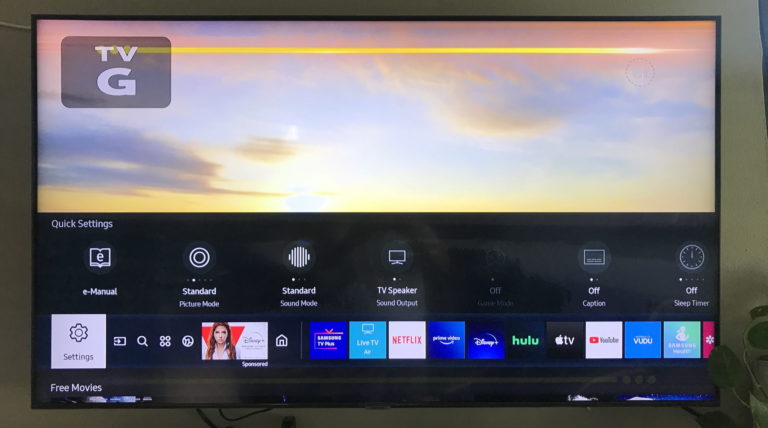
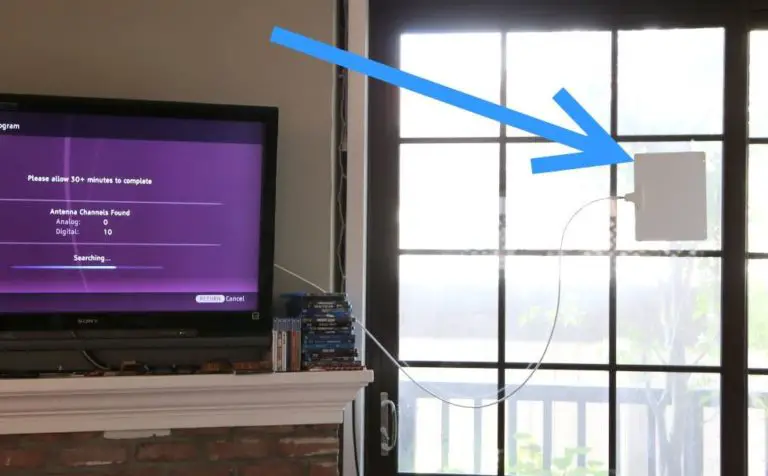
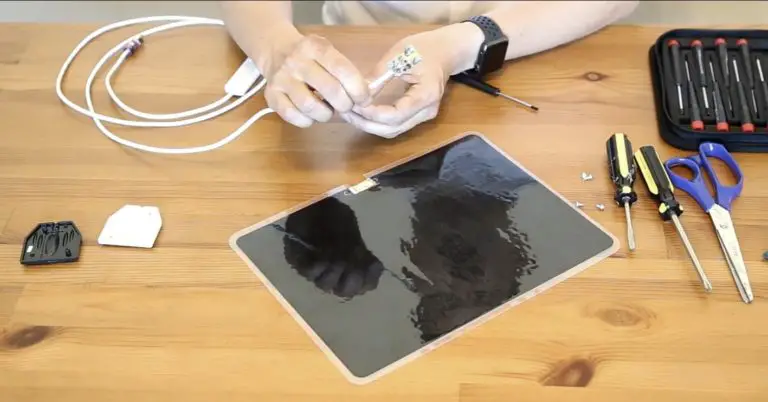
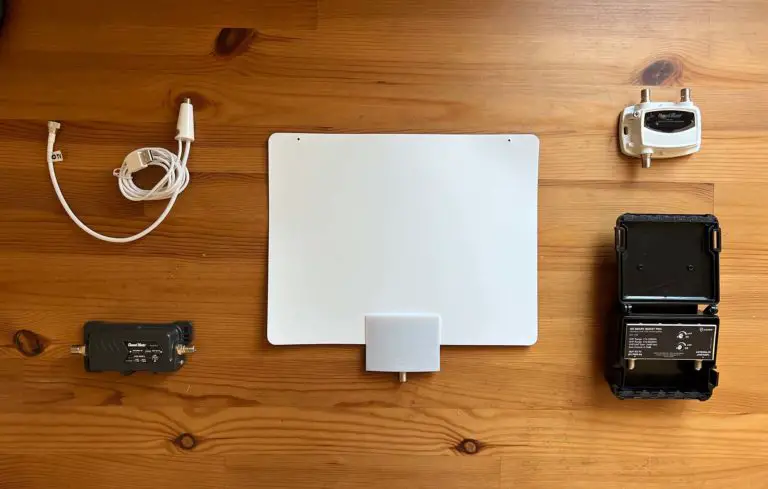
In most of the research I have done and reviews I have read, there is very rarely ever mention made of the location of the antenna within the home, what the house construction is (mine is 2 story older Victorian style home with steel siding so home is a little taller than most newer homes) and the home’s approximate distance to various broadcast towers in the area. I live about 50 miles from towers in Green Bay, WI and 60-65 miles from Milwaukee, WI. I live in zip code 53042. So will any of the indoor antenna options even if amplified work for me on the first floor? If I can get to the attic, I may have a much better shot at reaping close to 75 channels or so from both source directions. And then if I want to feed 3 to 5 different rooms in my home, I’ll probably have to split the antenna signal cable with runs up to 75 feet if you go from attic to basement with one wire, then amplify and split in basement for the individual runs to the various rooms. So, this Antop bar might be a good option for me, but are there any better options given my situation, conditions and wants. Also, from the Antop bar test article seeing various signal strengths measured differing in location and home and time of day, I’ll also assume then that weather and other obstructions play a part in strength measurement as well as the change of antenna location in the home and also that transmitters may vary their signal strength at different times of day?
Hi John,
According to the Station Finder, you are still getting some strong signals from Green Bay. So, I think you would get a good number of channels with an indoor antenna in a north-facing window.
Of course, having the antenna in the attic would get you the most channels (as long as it is above the steel siding). If you can do that, I would go with a traditional outdoor antenna like the Winegard antennas on this page:
https://www.disablemycable.com/antennas/
The Antop is good for indoor locations where small size is important, but if you’re in the attic, might as well go big.
To distribute the signal, you could go with a distribution amp like one of the Channel Master amps in this article:
https://www.disablemycable.com/blog/need-separate-antenna-tv/
Or, you could go completely wireless by placing a Tablo or AirTV DVR near your antenna, and then using their Roku app to watch broadcast TV. Of course, picture quality will not be as good as a direct connection, but it’s not bad.
As you said, weather and antenna location do have a large effect on reception. Any antenna placement will require a lot of EXPERIMENTATION, i.e., trial and error.
Best,
Brian